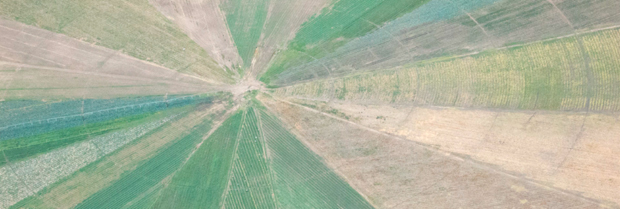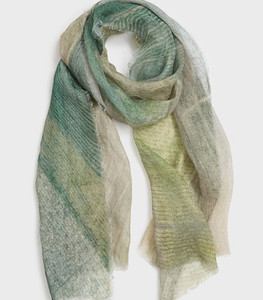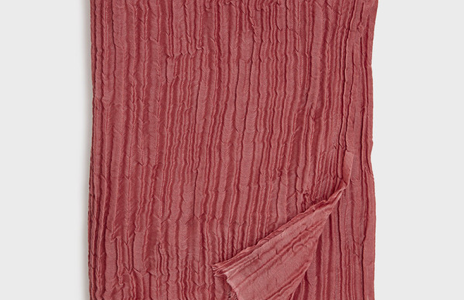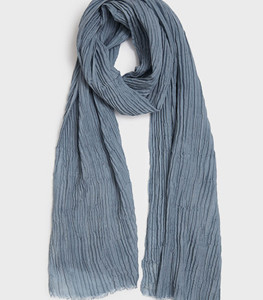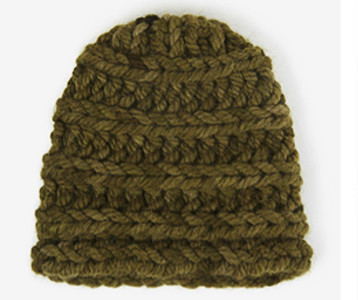Crafting a Future for Artisans

How Susan Easton and DARA Artisans are preserving artisanal practices with their From the Road collaboration.
By Sarah Emily Gilbert
When Susan Easton isn’t hanging out of planes in Kenya, hobnobbing with Himalayan locals, or working on her retail brand, From the Road, she can be found collaborating with DARA Artisans.
Named after Easton’s retail brand, the collection seems to be the perfect outlet for her unending wanderlust and penchant for adventure. Comprised of one-of-a-kind scarves made from the finest natural materials, they are well placed in the “Artisanal Age” where specialty niche items are in higher demand than their mass-produced counterparts. As a result, From the Road stands as a testament to the beauty and complexity found in artisanal practices worldwide. From Nepal and India to Ecuador and Peru, each scarf’s design is based on Easton’s time spent with diverse cultures.
“One of the things that makes my collection so unique is that I consider each piece a collaboration. I don’t use the artisans as a production arm; I spend time with them, learn their techniques, way of life, and what’s a part of their world. Out of that usually comes the inspiration for the pieces.”
Easton’s designs are dedicated to preserving the time-honored traditions and techniques used by master artisans, a passion she shares with DARA Artisans.
An online store that features curated accessories, jewelry, and housewares from craftspeople around the world, DARA Artisans is an ideal partner for Easton. Between DARA’s platform that exposes artisans to a global market, and Easton’s visionary style, they are an artisanal dream team.
“From the Road is about working with remote, wise cultures, and using the techniques that are nearing extinction to make products. I feel like each piece is something that neither the artisans, nor Dara and I could do on our own. It’s a true merging and melding of what we both can bring to the table. I like to say that each collaboration starts with a conversation and ends with a conversation piece.”
An integral part of that conversation is the story behind the scarves. There is wisdom in the weaves, heritage in their handiwork, and pride in every pleat. The result of this poetic creation is a one-of-a-kind artisanal scarf rich in meaning.
Below, Easton takes Urban Agenda through the beautiful processes behind the From the Road items:
- Aerial Abstraction Scarf, $195.00 “There is just something so beautiful about flying at a high altitude and looking at the earth beneath me. I lose the sense of macro and micro, and they become abstract paintings to me. The photograph that inspires the scarf was taken from my trip to Kenya, and then it was printed on a hand-woven linen scarf in India. I love capturing the abstract shapes, colors, and textures, and taking them out of the context of even knowing what they are.”
- Silk & Cashmere Coral Scarf, $265.00 “The color for this scarf came from a discussion Dara and I had on the sunsets in Kerala, India. They are really, really intense and the skies are more pink than blue like the coral scarf. It’s that collaboration with [DARA Artisans] that I really enjoy because it gives them something that’s really unique with a story behind it.”
- Silk and Cashmere Blue Scarf, $265.00 “Those crinkled pleats are done completely by hand and the material is all natural silk and cashmere fibers. I actually worked with a women’s weaving group on this in Nepal, and the work they did was really outstanding. We created the pleats by using high-twist yarn. It is a really, really difficult skill to master.”
- Flax Josefina Alpaca & Wool Hat, $99.00 “The Amari women from Peru have this hairstyle where they have two braids in the back and then put little alpaca adornments in the braid. I was really inspired by this sort of chunky, braided look, and I wanted to do a hat that was basically inspired by their hairstyles. We had to make custom needles that were large enough to have them knitted, and then once they were knit, I worked with a workshop that did natural dyes, so no two were alike.”


